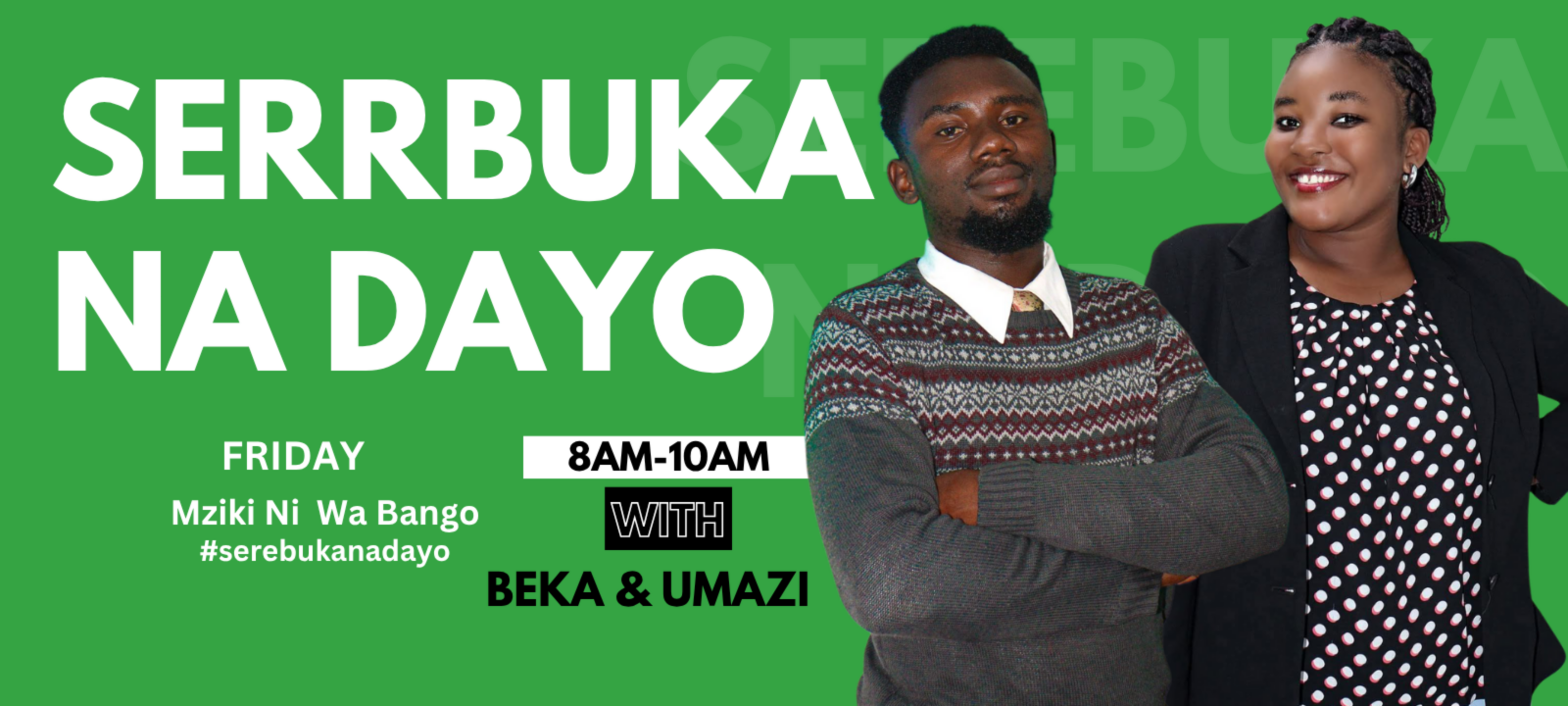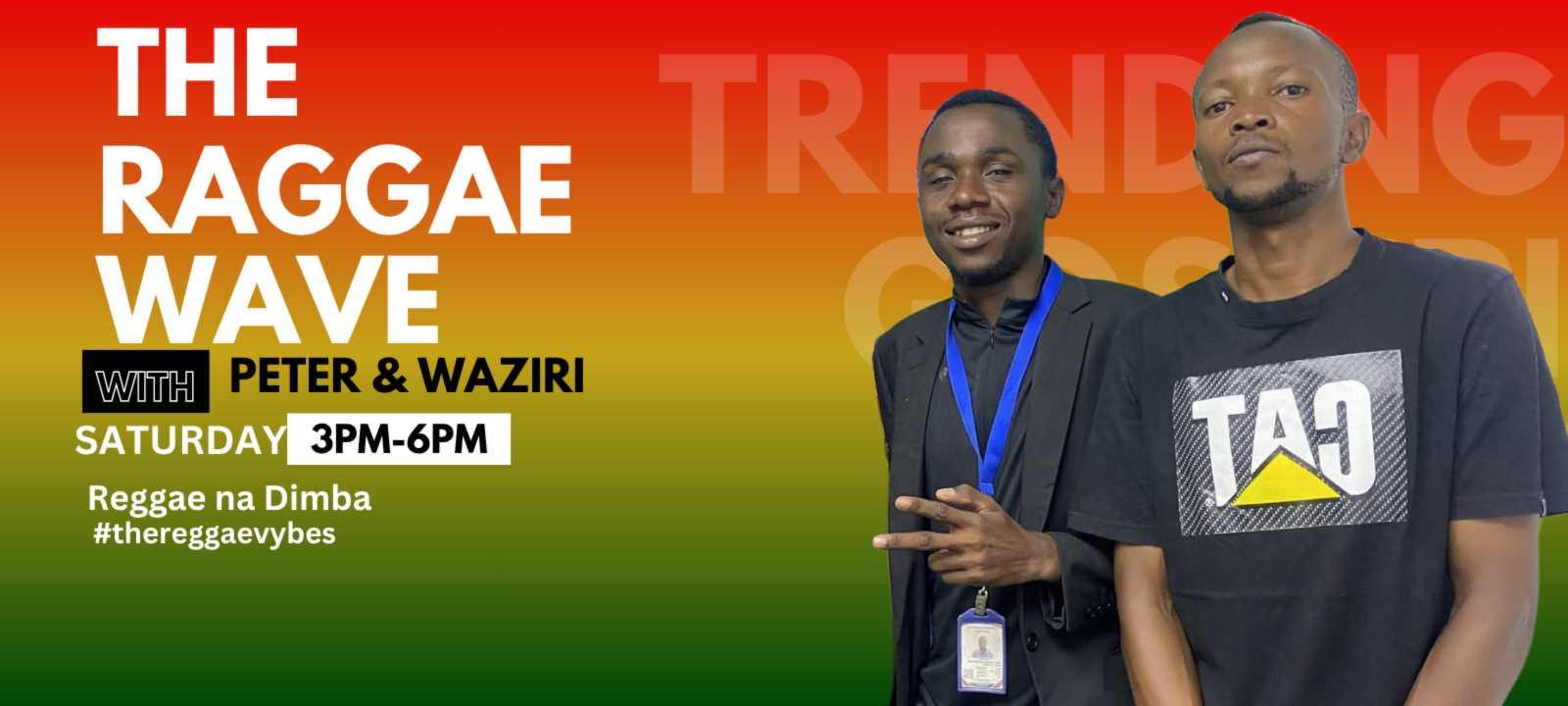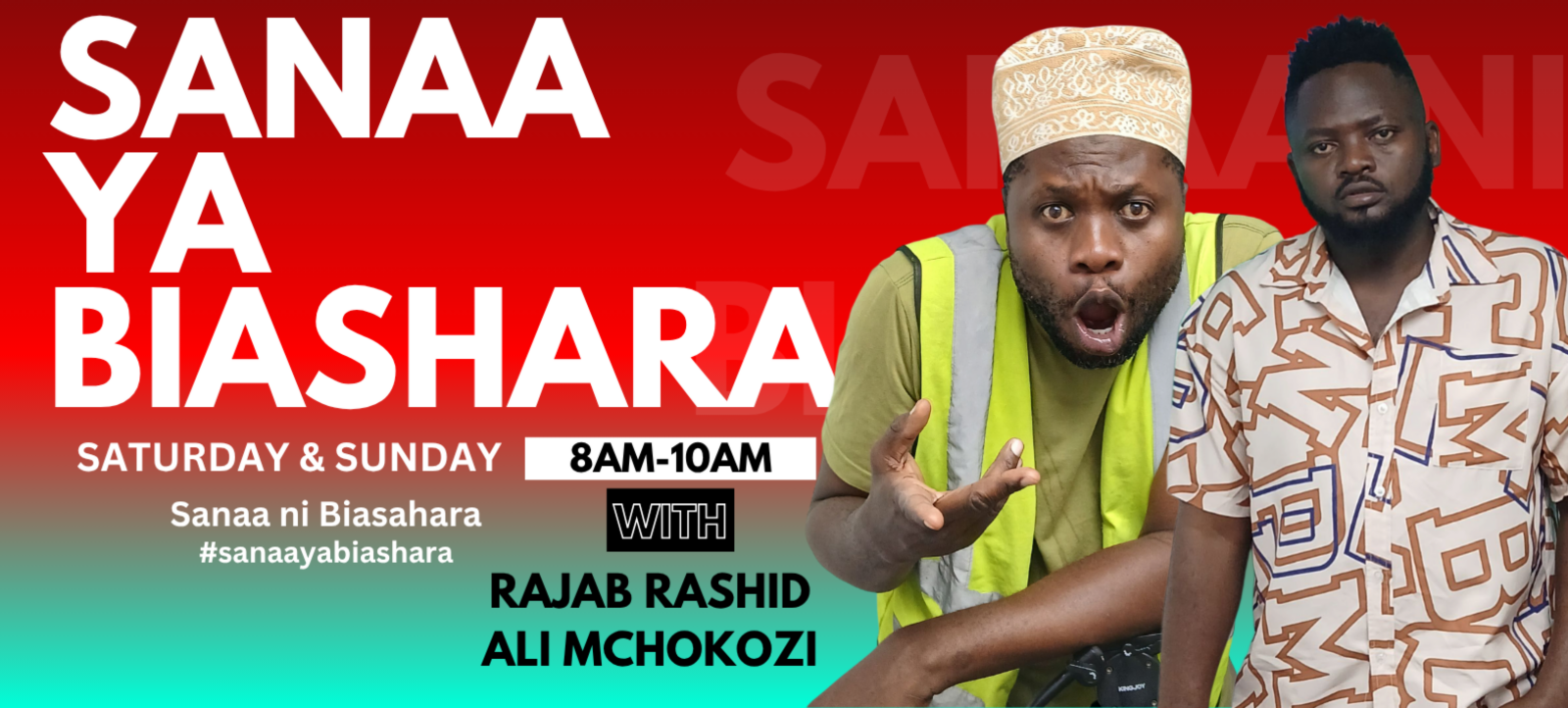WRITTEN ON APRIL 9, 2024
“Genocide is populism in it’s pure form, because the causes are political, the remedies must be as well. For that reason our politics are not organized on the basis of ethnicity or religion and never will be again”. These sentiments were given by the Rwandan president Paul Kagame on Sunday 7th April in marking 30 years since Genocide.

President Paul Kagame marking 30 years since genocide. photo courtesy
Kagame was accompanied by South African and Ethiopian leader together with the former United States president Bill Clinton in leading the walk in remembrance of the survivors and victims of genocide. Given the platform for the survivors, Marie Louise confirmed that the survivors are firm and strong. “We survivors we are strong. We will build the country together,” Marie Louise Ayinkamiye, who was 11 during the genocide, told the audience. It being politically oriented, other leaders including the Kenyan president, Dr. William Samoei Ruto, passed a message acknowledging Kagame’s efforts in making Rwanda a peaceful country. “Thirty years since the Rwanda genocide, the country has made tremendous progress that demonstrates the total resilience of the people and the government of Rwanda. Rwanda is a shining example of the people’s immeasurable power not only to overcome adversity, but also to reconcile and live as one people.” President William Ruto.

Presidents from others countries accompanying Kagame in commemoration of the genocide day photo courtesy
How Genocide Started in Rwanda- According to the Rwandan Constitution, it is marked that Over 1 million people were killed during the genocide period. However, the figures seemed to be lower as 800,000 people according to the history given. In estimation of the Rwandan population, about 85% of them were the Hutu group the rest being the Tutsi and Twa. After Rwanda became Belgian’s trusteeship under the League of Nations Mandate after WW 1, Tutsi, the minority group became Belgian favorite and this created legacy of tension that exploded into violence even before Rwanda gained independence.

Skulls preserved after genocide. photo courtesy
In April 7th 1994, a plane carrying Habyarimana and Burundi’s president Cyprien Ntaryamira was shot down over Kigali City. Among the victims were moderate Hutu Prime minister Agathe Uwilingiyamana and 10 Belgian peace makers. None survived in the attack. Later on, the presidential guard, together with members of armed forces ( FAR) and Hutu Militia called Interahamwe (“Those who attack together”) and Impumzamugambi(“Those who have the same goal”) blocked roads and made barricades and began killing the Tutsis and the moderate Hutus. This resulted to mass killing of people in other parts of Rwanda and in the next 2 weeks, local administrators from Central and Southern Rwanda where Tutsi lived declined the genocide.
However, after April 18, the national officials killed the resistors and the killers were rewarded with food, drinks, drugs and money. Government sponsored media channels called ordinary Rwanda Civilians to kill their neighbours and in 3 months time, and approximate of 800,000 people had been murdered.
Today, Rwanda has two holidays to commemorate the genocide period that lasted for 100 days. This begins with Kwibuka(Remembrance) done on April 7th and ending with the liberation day on 4th July with more than 250 registered memorials. This provides a place for contemplation about the history of genocide against the Tutsi.
written by Mapenzi Kitsao.




















